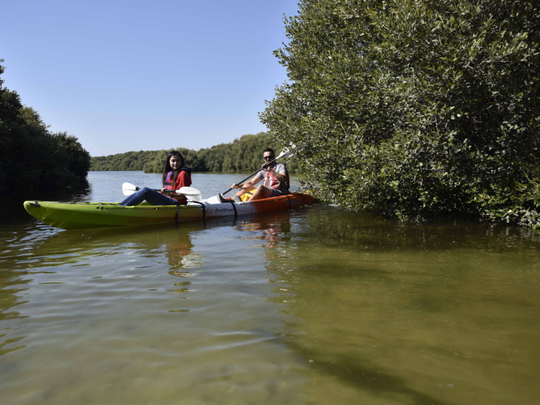Dubai: This winter is the perfect time to take a break from the hustle and bustle of the city. Now is the best time to discover the historic and cultural places in other emirates to fully understand the country’s rich heritage.
Top on the list is exploring Sharjah. This emirate, which borders with Dubai to the south, Ajman and Umm Al Quwain to the north and Ras Al Khaimah to the east, is home to 22 museums showcasing not only the country’s achievements but also detailing the different aspects and progress of Islamic faith, science, art and Arabic culture.
Going to Sharjah is also like taking a travel back in time or a heritage walk with its elegant mosques, vibrant souks, enduring heritage buildings and natural landscape – particularly in the eastern coastal towns of Kalba and Khor Fakkan.
If one is actually planning a quick weekend trip, one spot not to be missed is the newly-opened Khor Fakkan Amphitheatre, located at the foot of Al Sayed mountain and facing Khorfakkan’s beachfront. The Roman-style amphitheatre was built on a total area of 190,000 square feet and it has an amazing waterfall that has already attracted thousands of visitors.
Sightseeing in Sharjah
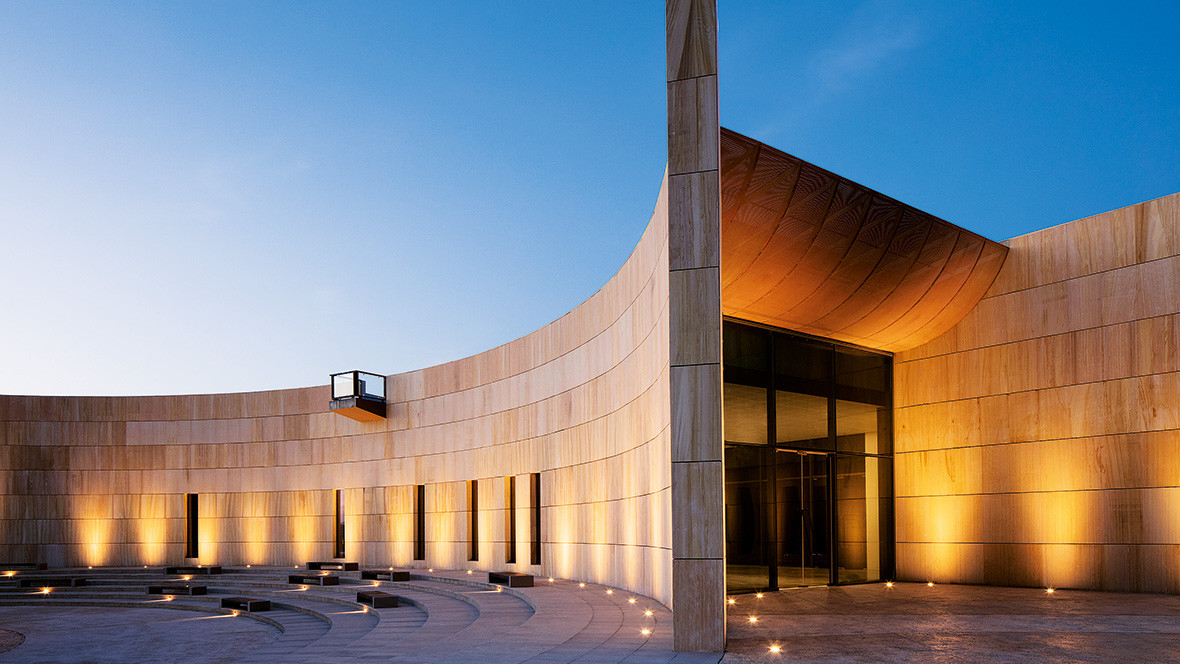
Image Credit: Supplied
Sharjah has a long list of places to see. There is Mleiha Archaeological Centre and Mleiha Protected Area, an important geological and archaeological area for research and historical studies, where one can find numeroous artifacts such as pottery and other ancient discoveries that reflect the emirate’s important place in history. Nature lovers, meanwhile, can go to the Natural History and Botanical Museum to learn more about the flora and fauna of the Arabian desert.
Those who want to learn the country’s aviation history should head to Al Mahatta Museum, where the first airport in the region was built in 1932 and then turned into a museum on March 14, 2000. Another must visit is the House of Wisdom, a high-tech library and culture centre housing more than 100,000 books.
Other notable museums include Sharjah Archaeology Museum, Sharjah Art Museum, Sharjah Calligraphy Museum, Sharjah Heritage Museum, Sharjah Maritime Museum, Sharjah Islamic Museum, Sharjah Museum of Islamic Civilization, Sharjah Science Museum, and the Sharjah Classic Cars Museum located along Airport Road.
Sharjah Fort is also a must visit as well as Sharjah Aquarium, Sharjah Desert Park, Sharjah Centre for Astronomy and Space Sciences. The bucket list for sightseeing in Sharjah must also have Sharjah Mosque, Al Noor Mosque, Al Majaz Waterfront, Al Montazah, Al Qasba, Heart of Sharjah, Al Noor Island, Butterfly House and Sharjah Rain Room
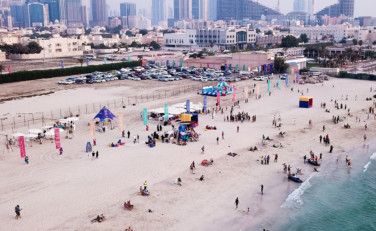
Image Credit: Gulf News Archives
Beaches also abound in Sharjah, including Al Hamriya Beach, Al Khan Beach and the pristine sandy beaches in Kalba. Check out also Sharjah Parks & Wildlife, Sharjah National Park, Arabian Wildlife Centre, Wasit Wetland Centre, Al Hefaiyah Conservation Centre, Kalba Bird of Prey Centre and Sharjah mangrove forest.
Ajman attractions
Another emirate that boasts of pristine beaches, mangroves and museums is Ajman. Although the smallest among the seven emirates in terms of land area, Ajman is also steeped in Emirati heritage and culture.
One must visit Al Manama. With its majestic mountain backdrop, the agricultural enclave of Al Manama is known for its pleasant scenery, wild honey and historic fortresses. There is also Masfout. Cradled by the Hajar Mountains, this tiny landlocked enclave is touted as a hiker’s dream and makes for a refreshing escape from the city.
Ajman also offers several museums, mosques and forts, including Ajman Museum, Al Manama Museum, Masfout Museum, Bin Sultan Mosque, Hassa Buweid Red Fort, AlMurabbaa Watchtower, and Masfout Castle
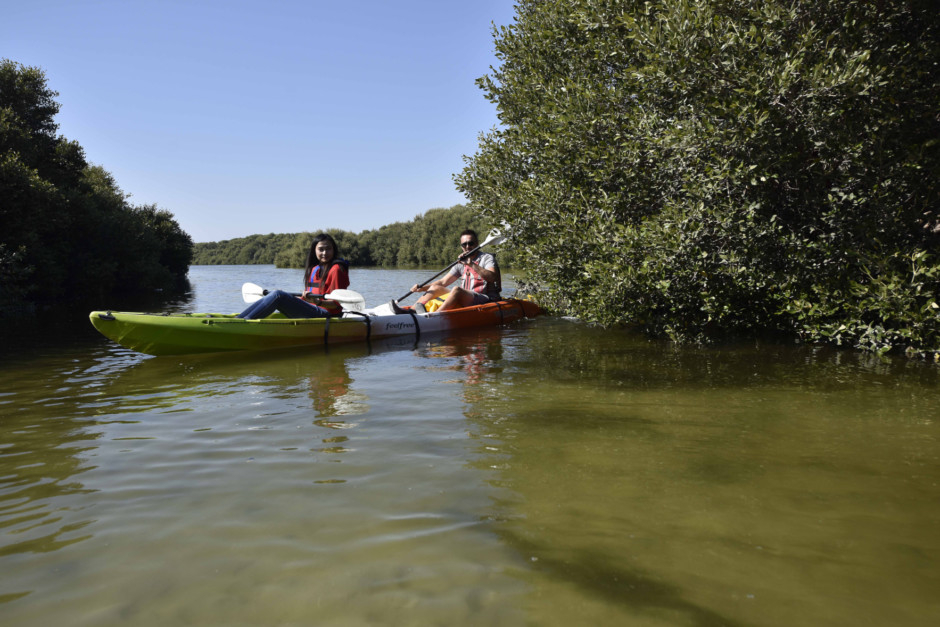
Image Credit: Clint Egbert/Gulf News Archives
Ajman is also home to Al Zorah Nature Reserve, a vibrant ecosystem made up of mangroves, turquoise lagoons and sandy beaches. It is host to nearly 60 bird species, including pink flamingo, egret and heron.
Passing time in Umm Al Quwain
Another integral part of the Emirati culture is Umm Al Quwain (UAQ). Forts in UAQ date back Before the Common Era (BCE). One of its old forts has been renovated and now houses several artifacts, including relics from the excavated site Al Dur, which was a coastal city from 200 BCE to the third century CE.
Another ancient fortress is Al-Ali Fort, built by Sheikh Rashid bin Majid al-Mualla in 1768 as the place of government and home for the ruling family. There is also a historical fence that goes back to 1820, during the reign of Sheikh Abdualla Bin Rashid Al Mualla. One can also learn more about UAQ’s history at Falaj Al Mualla Museum and Bakhot Tower, an old tower that was used for protection and as a lighthouse for ships.
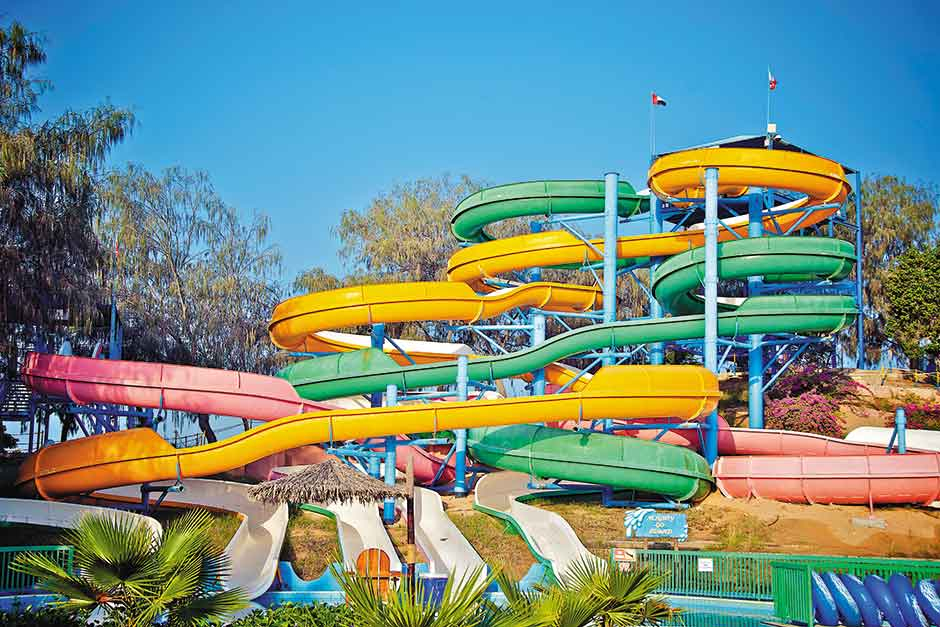
Image Credit: Gulf News Archives
Those who love outdoors will surely enjoy Al Bayt Mitwahid Walkway, Sheikh Zayed Park, Falaj Al-Mualla Park, Dreamland Aqua Park, and Al Sinniyah, a marine sanctuary that covers 90 square kilometres and home to a large species of birds, deer and Al Qaram trees. Al Dur Island is also a renowned archaeological site that offers evidence of metals used in south–eastern Arabia during the Bronze Age.


